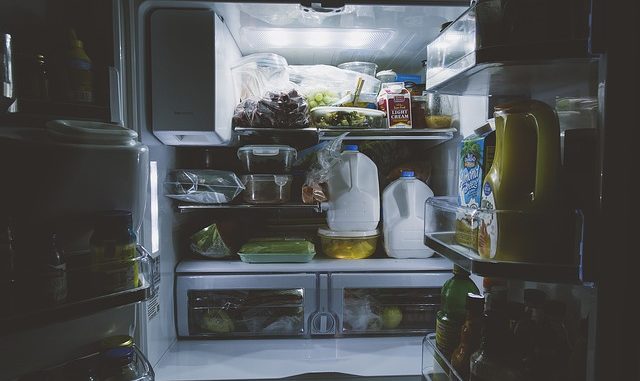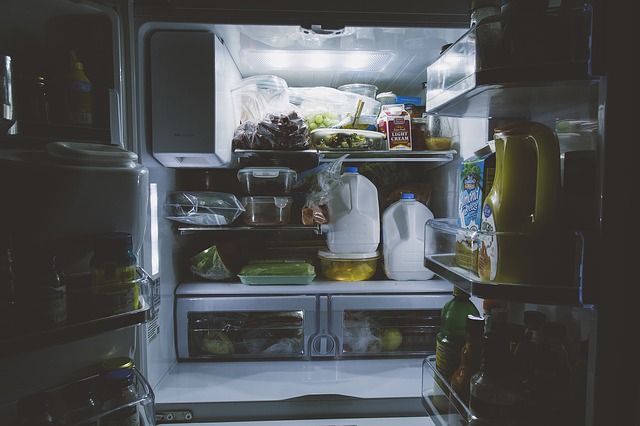

Everybody seems to have an opinion regarding emergency food supply and storage, and you will see many people telling others what to buy and what to avoid. For a newbie, this bombarding might prove overwhelming and making a meaningful decision might be frustrating. This is what you don’t want to continue doing and the solution is getting accurate information from an expert. If you have always wanted to build emergency food supply, these guidelines will help you actualize your dream.
Take your time
One of the reasons people get overcome by the duty to choose what to stock is rushing the entire process. You are advised to avoid this kind of scenario by pursuing the process slowly to facilitate learning and allow you to understand how to best handle some food varieties. You can start with a three day supply before proceeding to a week and a month progressively. Add little bits gradually and make time for learning to get clear information about storage and reinforcement to prevent rotting. Don’t be influenced into decisions by others you think are ahead of you as this is the beginning of failure among most people.
Optimize your storage space
Storage is another factor you cannot overlook when you want to build emergency food supply. In fact, this is equally important as building the supply itself. Therefore, you might find it a challenge to locate good space where you can store your food especially if your house is small. But this does not mean you should give up amid the journey as there are many creative options at your disposal that you might consider.
Such include going through your closets and cupboards and getting rid of items you no longer use or ones that are duplicates. You could transfer these items to the basement or just give them away to friends. Additionally, you could as well create storage space under your bed. Reviewing different areas of your house you will be surprised that you have a lot of places that can be modified to become storage spaces for your emergency food.
Don’t forget storage conditions
You might be so concerned about squeezing some space that you forget having the right conditions is paramount. The common enemies you should watch out for are moisture, temperature, light, pests, and time. Make sure the space is treated before you transfer any food into the compartments. Also ensure the area is not near moisture or heat as these are parameters that accelerate rotting. By mitigating these parameters you will have dealt with nearly all your challenges and the part that remains is monitoring the food from time to time.
Keep track of the supplies
After you launch the program, you could easily lose track as the assumption in most cases is that you are done with the most demanding part of the entire process. And this is the reason you should learn that having emergency food supply is continuous effort, so make sure to keep track of your stored items from the time you bring them in. You could record progress in a spiral notebook, a spreadsheet, or even a pad of paper. Most importantly remember to update your inventory with relevant information like date of purchase and the items you have.
It’s never certain when disaster might strike and you are forced to turn to your emergency supplies for survival, so when preparing you should choose foods that can last for as long as 5 years without expiring. You can review different varieties at My Patriot Supply, where you could also buy the different items you need for emergency storage.
